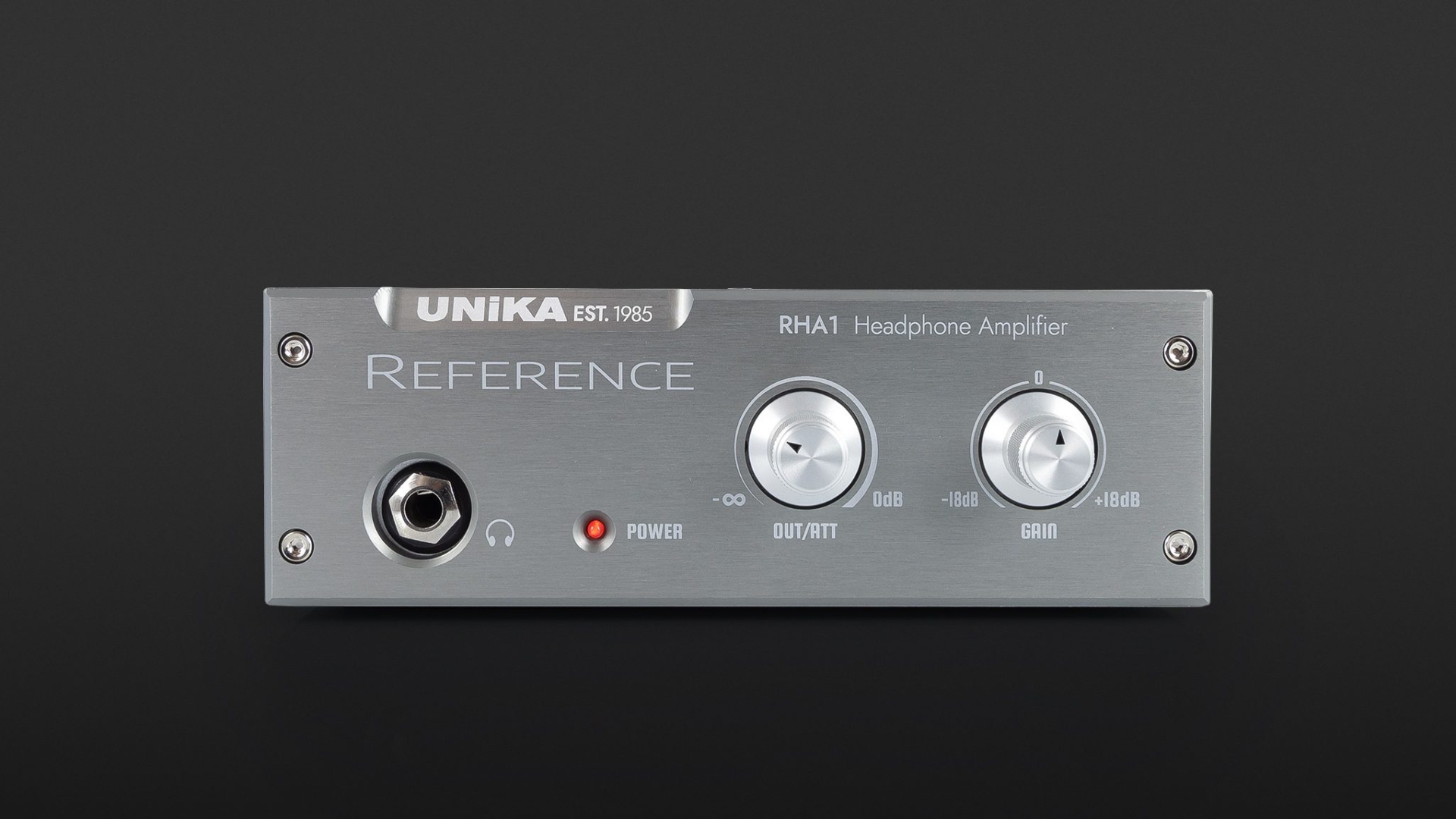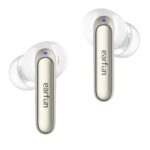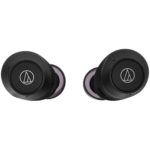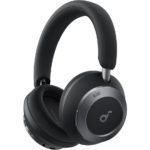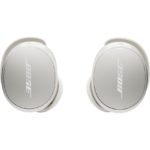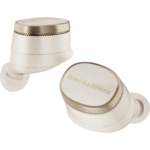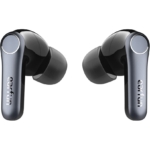The UNiKA RHA1 is a headphone amplifier that can drive high-impedance models as well as magnetostats and sensitive IEMs with extremely low noise. This makes this handy desktop device a high-quality all-rounder.
- Compact, handy format
- Low noise
- Variable gain adjustment (+/- 18 dB)
- Supports impedances from 15 to 600 ohms
- Device does not get warm
- No line output (pure headphone amplifier)
The Reference Model RHA1 from the Taiwanese audio technology manufacturer UNiKA is characterised by a variable gain adjustment of +/- 18 dB, which can be done directly via a rotary control on the front panel. As a result, this discretely constructed headphone amplifier can drive low to high impedance headphones in an extremely flexible manner and can use a wide variety of sources.
Thanks to the metal housing and an aluminium front panel, the RHA1, which weighs 778 grams, conveys an impression of high quality both visually and haptically. At 163 millimetres in width, 110 millimetres in length and 54 millimetres in height, the dimensions of this handy desktop device correspond to the manufacturer’s classic CHA1 model. However, when you include the supplied rubber feet, this headphone amplifier reaches a total height of 56 millimetres.
Features of the UNiKA RHA1
On the front of the unit, you will find a 6.3mm jack format headphone output, a red LED which signals that the unit is ready for operation, and two easy-to-grip aluminium rotary controls for adjusting the gain and monitoring volume. According to the manufacturer, it uses a double-switched, specially adapted potentiometer to achieve the smoothest possible reproduction with the smallest possible L/R level difference.
The power button for switching the unit on and off is located on the rear, and the 24-volt power supply is provided by an external power supply unit, which comes with four AC plugs (US, UK, AU and EU). Furthermore, an XLR/jack combination socket from Neutrik serves as an input which enables you to feed both balanced and unbalanced signals. However, the unit does not have a line output, as the UNiKA RHA1 is a headphone amplifier only.
Variable gain
In contrast to the CHA1, the Reference model features separate amplification per stereo channel, here, according to the manufacturer, the discrete OTL (Output Transformerless) circuitry with separate signal routing enables optimisations such as lower crosstalk.
The RHA1 can also be used in a similar way to a professional mixing console by first adjusting the gain to the source and the headphones, and then setting the volume for monitoring. An adjustment range between -18 and +18 dB is available for attenuation or gain, and this covers a wide range of applications. Due to the variably adjustable gain or attenuation via rotary control, the Reference model can be adjusted very individually, and this provides an optimal control range for the playback level. Ideally, the volume control should be set to 12 o’clock for normal listening so that it can be optimally adjusted in both directions, depending on the source material.
In practice: use with sensitive or demanding headphones
The UNiKA RHA1 provides power reserves of up to 800 milliwatts and supports headphones with impedances between 15 and 600 ohms. If you are using sensitive IEMs, a 6.3mm jack adapter is required, but otherwise, there are no restrictions. On the contrary, due to potential attenuation of -18 dB, the Sennheiser IE 100 Pro had a relatively generous control range between 7:30 and 2 o’clock, especially as no background noise was noticeable. A slight noise only set in at a gain of +18 dB from 2 o’clock; this was an impressive feature and was far outside the usable range.
In addition to sensitive IEMs, the Reference model also drives high-impedance headphones such as the Beyerdynamic DT 1990 Pro or HD 660S from Sennheiser as well as more power-hungry magnetostats, such as the Hifiman Sundara. At the same time, the RHA1 positively invites you to switch between a diverse range of headphone models, as there are no dip switches, which are often not particularly accessible, to be set. Here, the gain control makes it quick and easy to adjust the level. Furthermore, the unit is suitable for continuous operation in professional use and does not get at all warm.
Sound
Compared to the Classic model, which offers a relaxed listening experience with fuller and warmer sound reproduction, the RHA1 reproduces sound as noticeably more neutral, factual and fast. With the live recordings of the 1969 Harlem Culture Festival released on the soundtrack to the documentary “Summer of Soul”, the Reference model used with the DT 1990 Pro conveyed a more realistic spatial impression with purer representation, and this was confirmed with studio productions such as Yello’s “Electrified II”. The advantages over the somewhat darker sound image of the CHA1 were a higher contour sharpness and better illumination, which also simplified the localisation of individual signals.
While the Classic model tended towards a fuller, softer bass reproduction, the low-frequency range of the RHA1 seemed slimmer and more precise. There were also clearly discernible differences in the mid-range, which the CHA1 also reproduced with more fullness, while the Reference model reproduced more airy and detailed sound. With songs like “Personal Jesus” by Johnny Cash, the HD 660S and the Classic model produced an almost opulent, full-bodied and richer voice than the RHA1, which reproduced Cash’s voice more soberly and naturally. In the high-frequency range, however, both candidates behaved in a similarly lively manner, which was a little more pleasingly embedded with the CHA1 due to its more polite sound characteristics. In contrast, the Reference model seemed a little crisper and fresher, even in the upper registers, but not too brash or demanding.
Conclusion
The UNiKA RHA1 is set apart by its variable gain, which allows for precise, comfortable adjustment to a wide variety of sources and headphones and provides an optimal control range when monitoring for professional use or private listening pleasure. This robust headphone amplifier is capable of driving high-impedance headphone models as well as magnetostats and sensitive IEMs with extremely low noise, making this handy desktop device a high-quality all-rounder.
Technical specifications
- Ear couplingAmplifier
- TypeDesktop
- Weight with cable878 g
- Weight without cable778 g
What's in the box
- Power supply unit with four AC plugs (US, UK, AU and EU)
- Warranty card






